With a significant amount of rain that had fallen up and down the East Coast, it looked as if our hopes for a white Christmas would not happen this year here in Maine. We had received so much rain in fact, that there were several flood warnings for our area. The rain had started falling the night before and it didn’t look like we would have any reprieve for the whole day.
On Christmas morning, we decided to go on our usual morning walk back into the woods on the property. During this time of year, we are used to wearing our winter gear, but today we traded our winter coats and snow boots for raincoats and rain boots. When we made our way into the back, we discovered a lot of the snow had been replaced with ice, but that would soon change with the rising temperatures. I believe the weather channel called for somewhere around sixty degrees Fahrenheit. This would be a lot different than past Christmases. Last year it was well below zero degrees Fahrenheit at this time.
I brought my camera with me and kept it under my raincoat where it would hopefully stay dry. Recently, I have noticed every time it rains, a strange thing happens with the eastern white pines Pinus strobus on the property. Have you ever seen a pine tree foam? Well, I will try to explain how and why this happens. I usually have my camera with me during our walks, but I don’t like to bring it with me in the rain. The body gets all wet and the lenses fog up. Being that the rainy conditions were optimal for this occurrence and I had my camera in tow, I wanted to see if I could finally take a few photographs to document this event.
What is that white foam forming at the base of the eastern white pines?
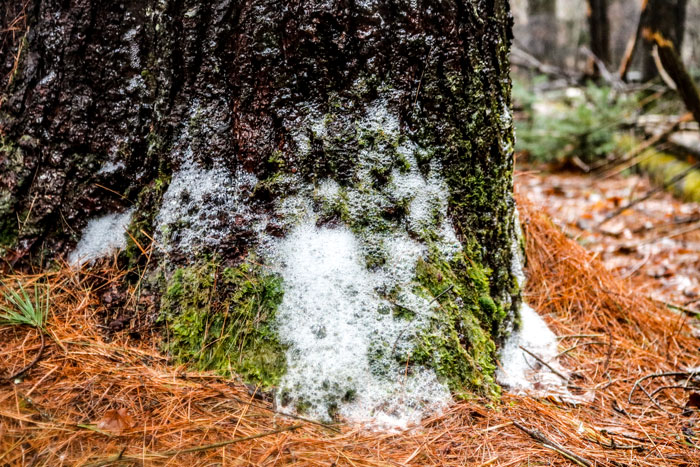
For the past couple of months, while out in the woods, during our walks on days with heavy rain, I have noticed this white foam collecting at the base of some of the eastern white pines on the property. I’ve never seen this anywhere else before. It seems to not happen every time it rains. It also doesn’t occur on every tree and I usually find this foam on one side of a tree only. After doing some research on the subject, I found out this can happen for a few reasons.
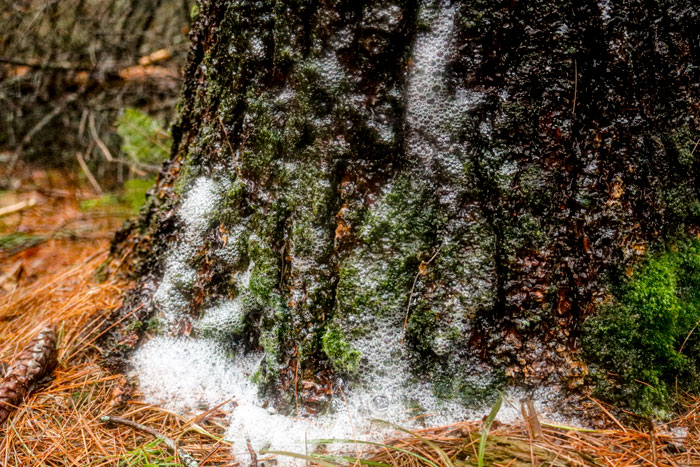
One reason for this occurrence may be due to heavy rain hitting the bark of the pines, in combination with sap coming out of the tree, a chemical reaction occurs, similar to that of making soap. A combination of the fatty acids in sap and resin forms a crude soap on the bark. During periods of rain, sap salts and acids accumulate and form a coating on the surface of the bark creating a sort of detergent. When it finally rains, this soap-like substance combines with water and then runs down the trunk, forming a white foam at the base of the tree.
Another reason for the formation of this foam can be a combination of air pollutants and plant materials building upon the bark of the trees during dry periods. When it rains, a foamy substance then runs down the trunk and sits at the base.
More insidious reasons for this foam could be due to a coniferous bark beetle. These beetles are not attracted to healthy trees but rather tend to be attracted to stressed or declining trees. These beetles eat away at the layer at the phloem layer located under the bark, eventually killing the tree. A good indicator of these beetles is the presence of frass. Frass is the extrata of insects as well as certain other related matter. Upon further inspection, you will take notice of the accumulation of frass that has accumulated in tree crevices and fallen to the ground. This material resembles very fine, reddish-brown in color coffee grounds found at the base of a tree. A good indicator of these beetles will be flaking or holes in the bark caused by foraging woodpeckers for these beetles. Insecticides can be used to treat trees for these beetles.
I also found that because it seems to only happen on some trees and in specific areas on the trunks, this foam could be from a bacterial disease. Bacterial diseases pertaining to pines are known as white flux, also called slime flux, wet wood, foamy canker, or alcoholic flux. This happens when bacteria and possible yeasts penetrate bark that has been wounded or cracked. These multiplying organisms then ferment the sap, forcing the tree to release alcohol and gases out of these wounds, infected areas, and cracks. Hosts include tree species such as pine PinePopulus, poplar Populus, ash Fraxinus, aspen Populus, elm Ulmaceae, fruitless mulberry Morus, willow Salix, and oak Quercus. Trees can also be left vulnerable to wounds to the bark from pruning, insects, or natural cracks and splits. Branches may die back in severely affected trees. This causes the sap to ooze from wounds. Bacteria will then darken or stain the bark. Eventually, this takes on a foamy appearance as well as an unpleasant odor. This slime oozes and then becomes toxic to the bark and then penetrates the tree. Also, this fermented sap attracts insects such as flies, ants, and maggots. Trees can live for many years and there are no controls for this disease.
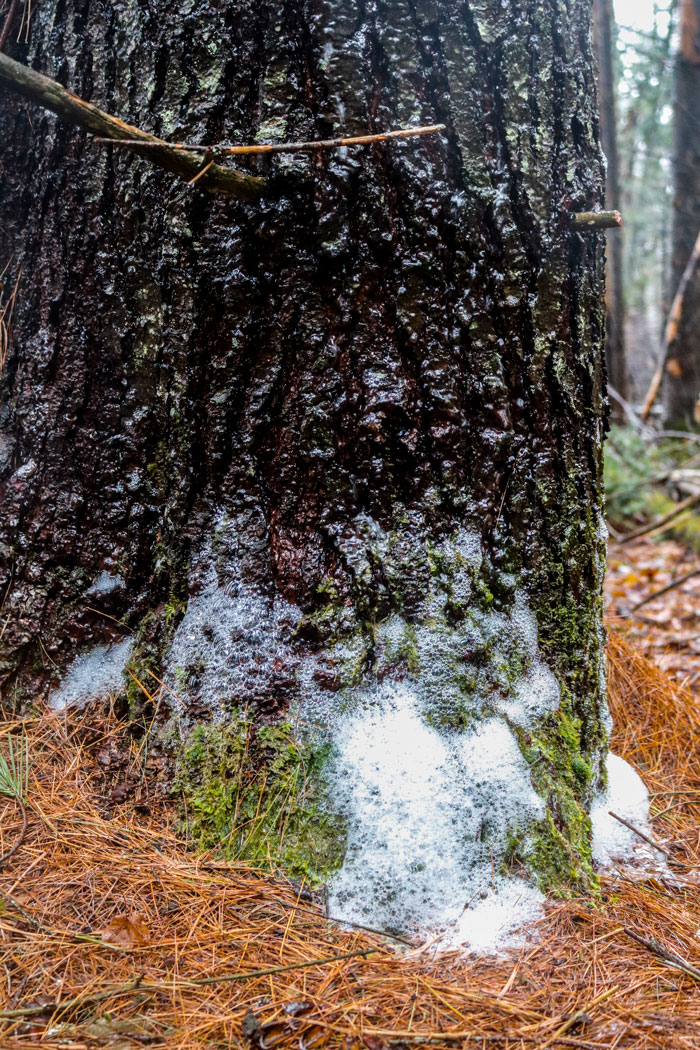
I’m not entirely sure if any of the above reasons are why I have observed this foam, but I do know that many of our eastern white pines have come down since moving here seven years ago. There are definitely fewer white pines standing than there used to be. I have observed many internal and external damage to these trees. They also seem to be breaking from the top as well as uprooting from the bottom. The weather can be quite harsh on these trees every season. Naturally, we receive a significant amount of snow every year as well as rainfall in the spring and fall. Of course, we are usually experiencing drought-like conditions by late summer. We also have several species of woodpeckers Picidae that cause damage to the trees. The hairy woodpeckers Leuconotopicus villosus have been especially active on the pines this year. I also haven’t noticed a particular odor coming from the foam. Perhaps, this is just the natural order of things and we are just witnessing a cycle of the decline of the eastern white pines in the woods.
Speaking of the harsh treatment of these trees, our next discovery on Christmas morning was the flooding of the brook at the far end of the property. This was quite a sight and I’m sure glad I was wearing my rain boots during this part of our walk. The brook is typically about one foot high. It was now probably five to six feet deep and with the amount of rain that had fallen, it was probably going to get much higher. We estimated that the water had probably come in about sixty feet into the woods. I’m sure natural events such as this can’t be good for the trees, not to mention the receding of our property line in this area.
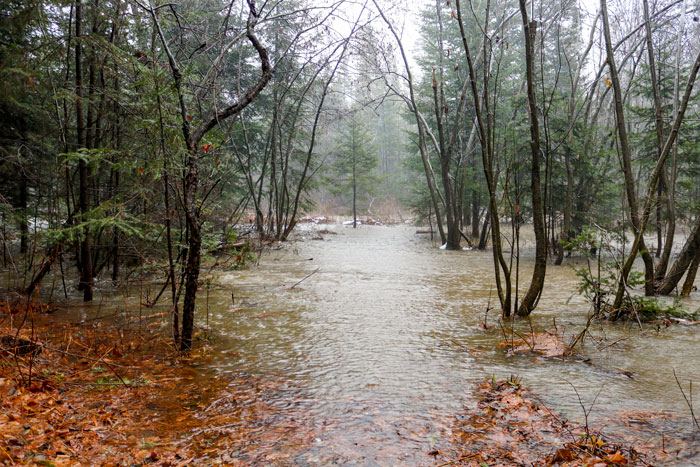
If you look in the center here, past the small pine tree, that is where the brook typically flows. Here you can see how much it had flooded into the woods.
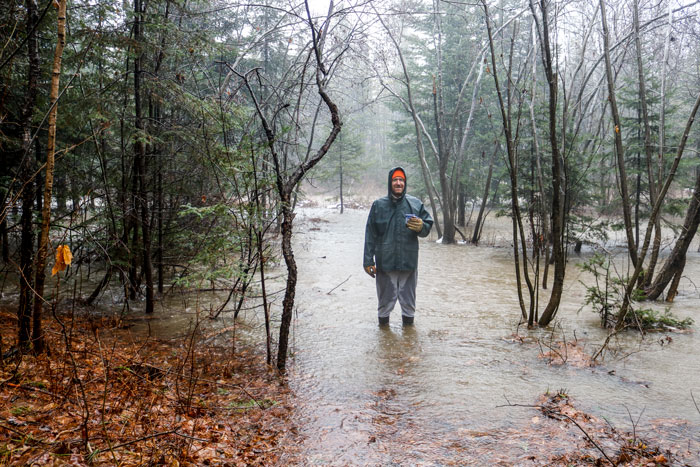
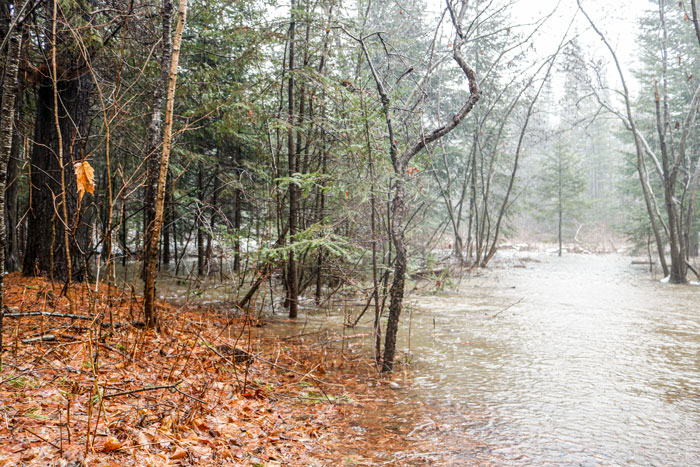
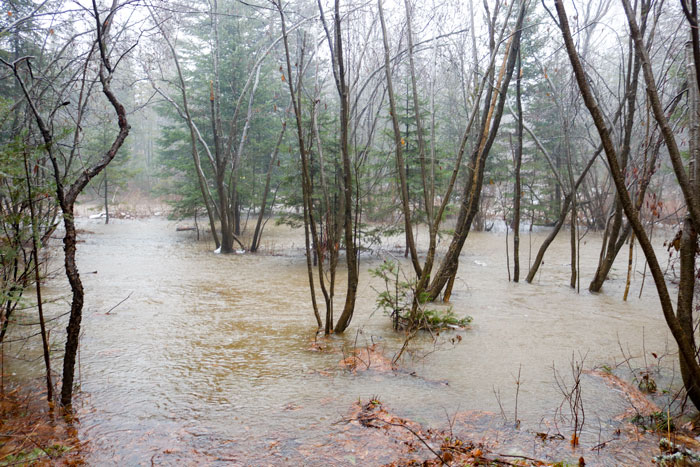
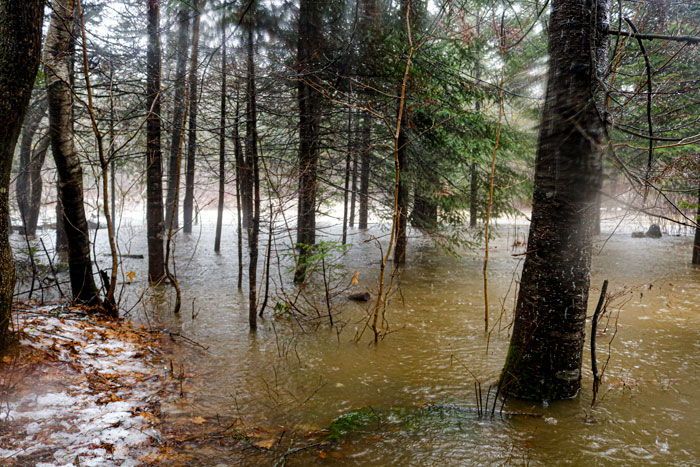
In order for us to get back to the house, we walked off-trail through the woods in a higher area without water. Here is a quick video of the brook flooding.
A couple of days later, I took a few photographs of the pines while they were dry. You can see where the sap is running on different areas on the bark and collecting on the needles as well as at the bases of a few of the pine trees.
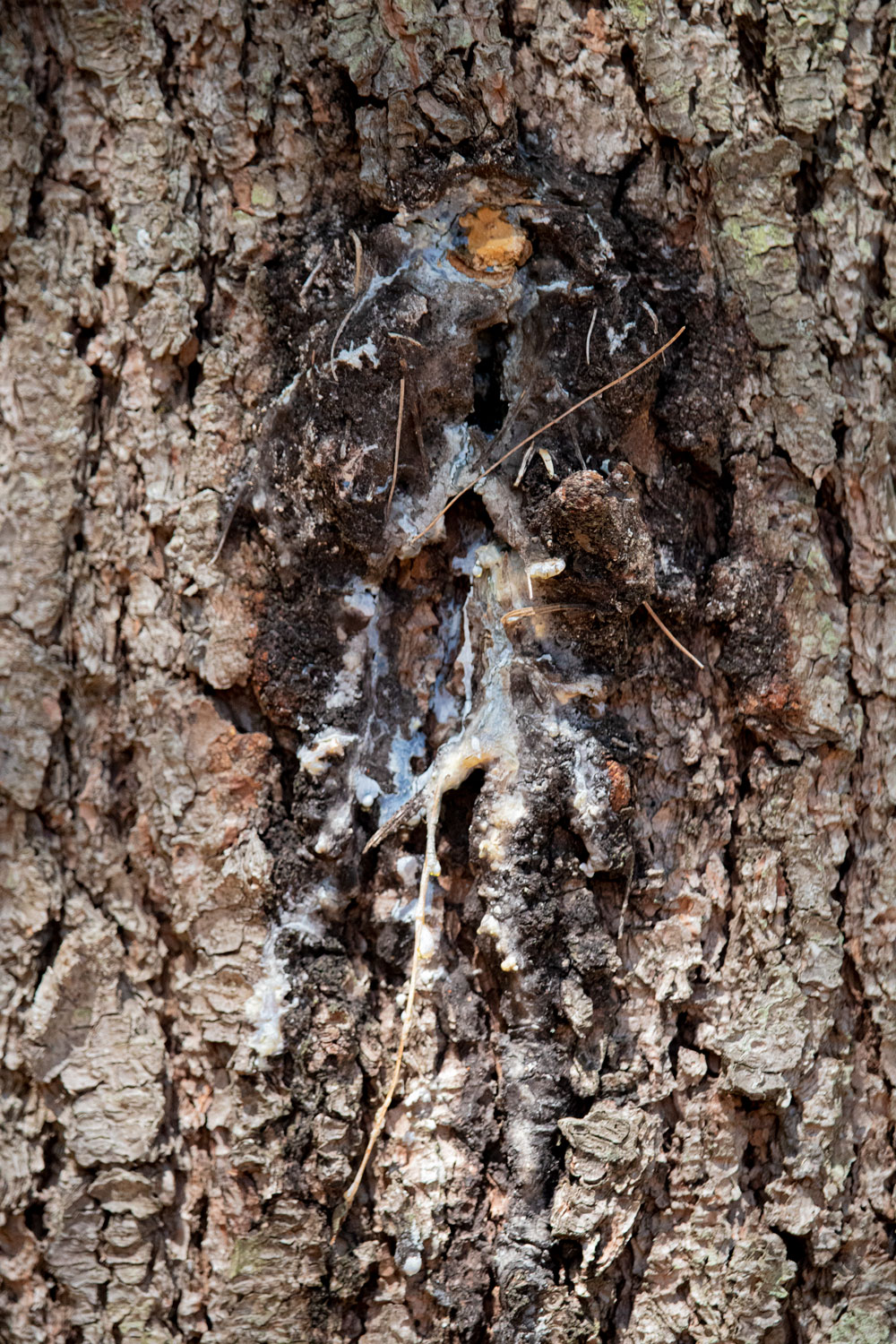
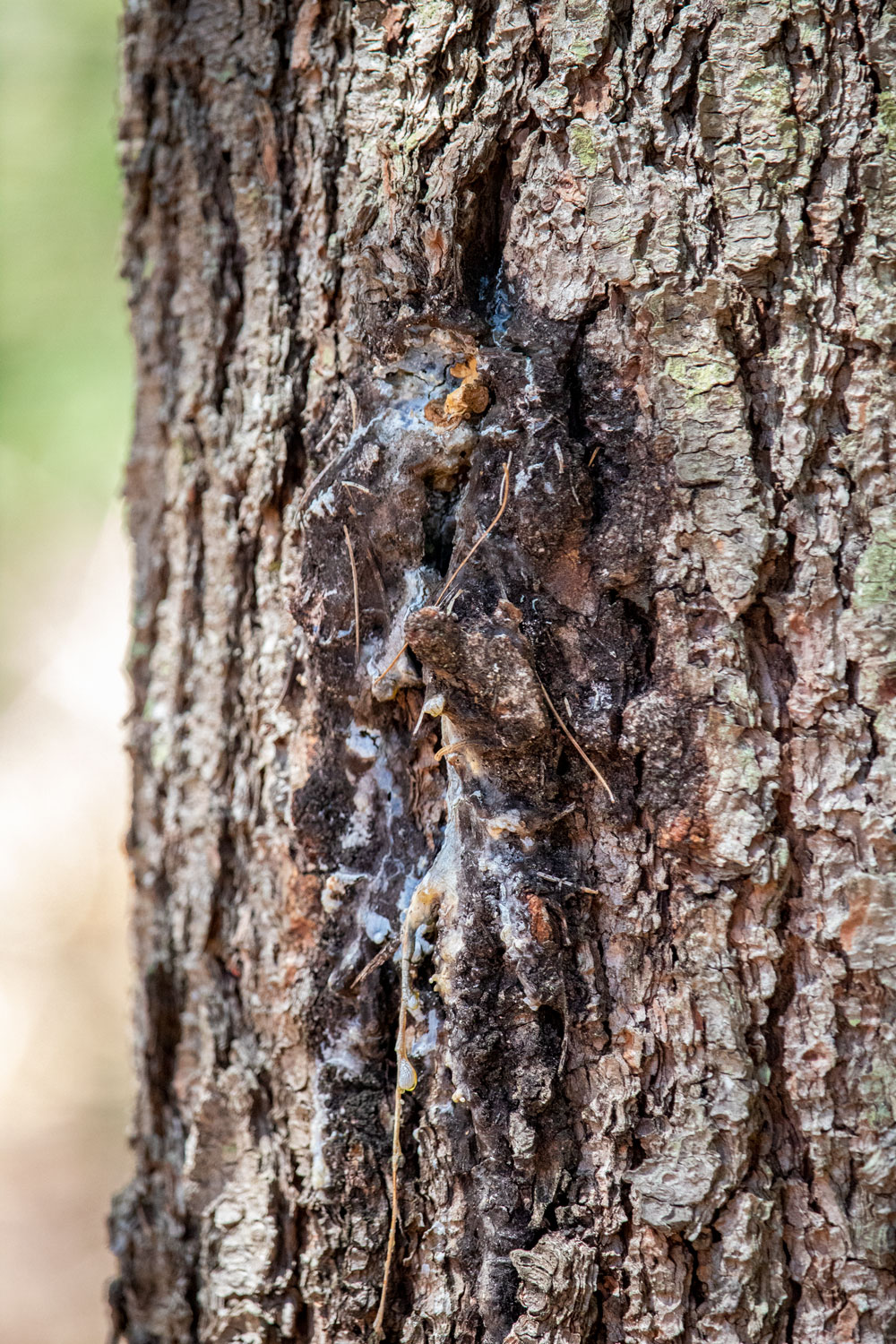
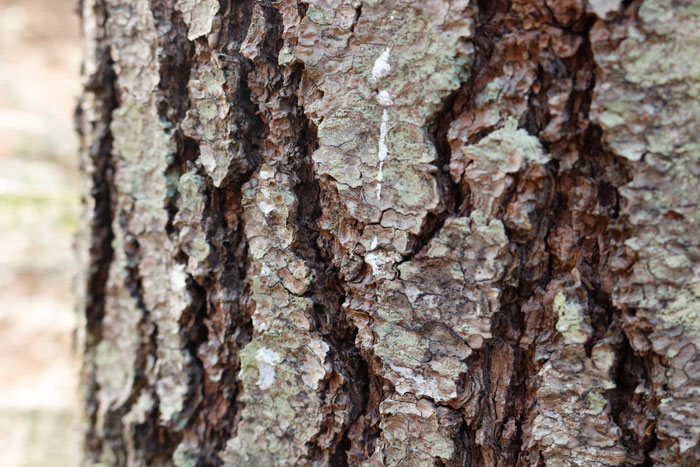
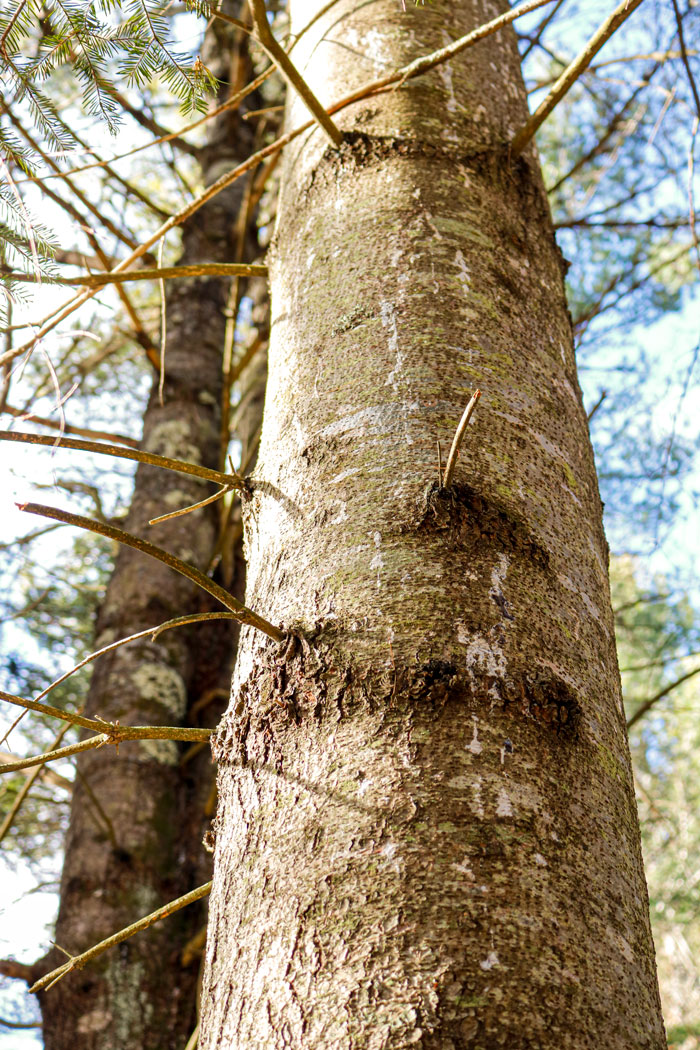
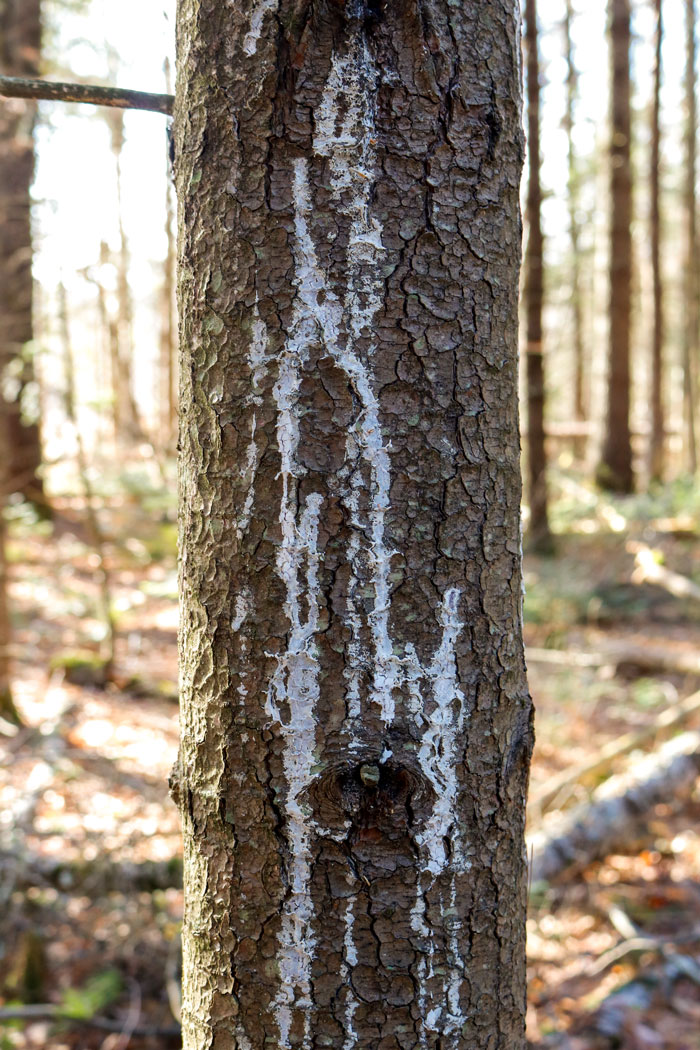
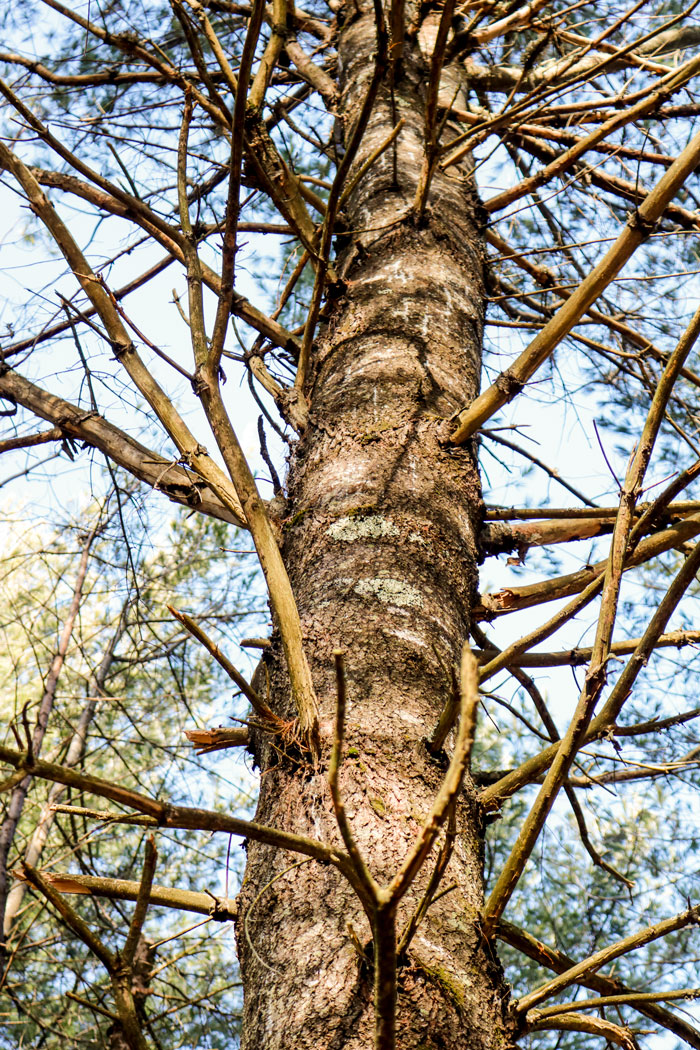
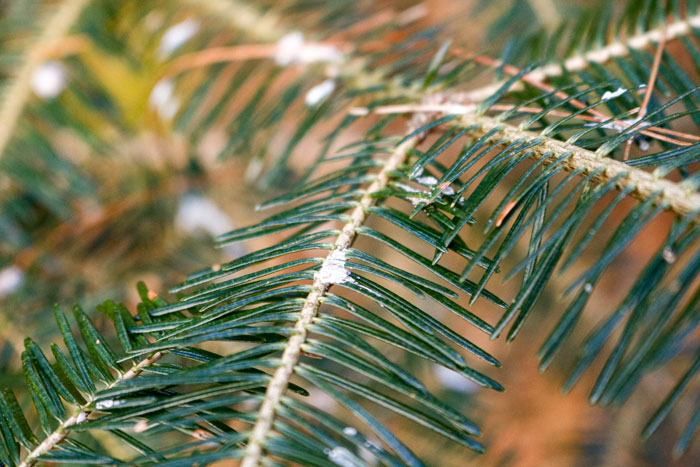
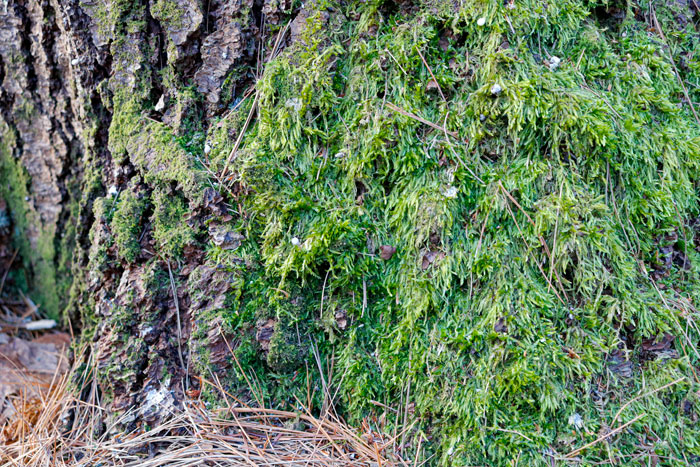
I also took photographs of the brook and what the trail along the brook looked like after the flooding. Everything has somewhat dried but looks to be quite a mess.
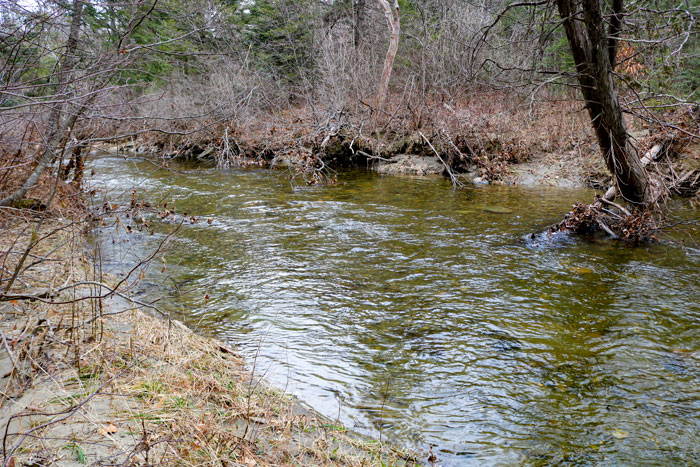
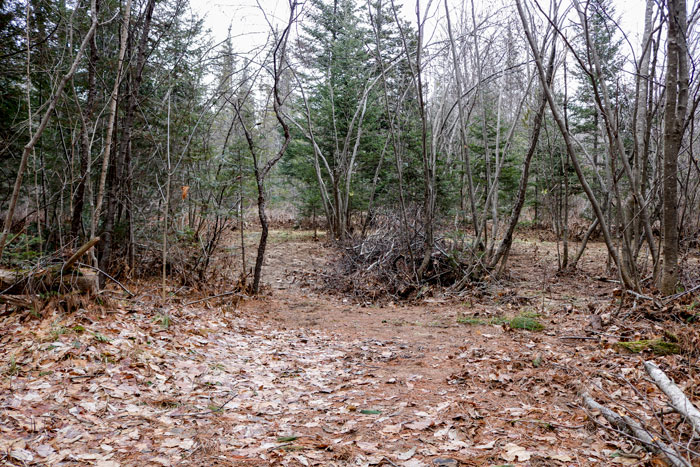
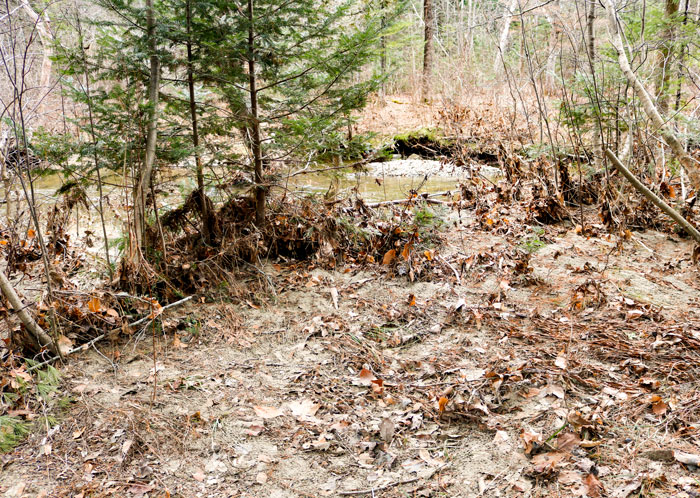
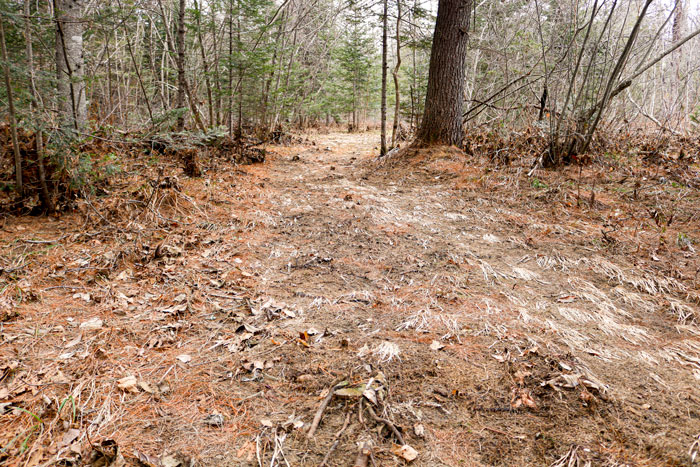
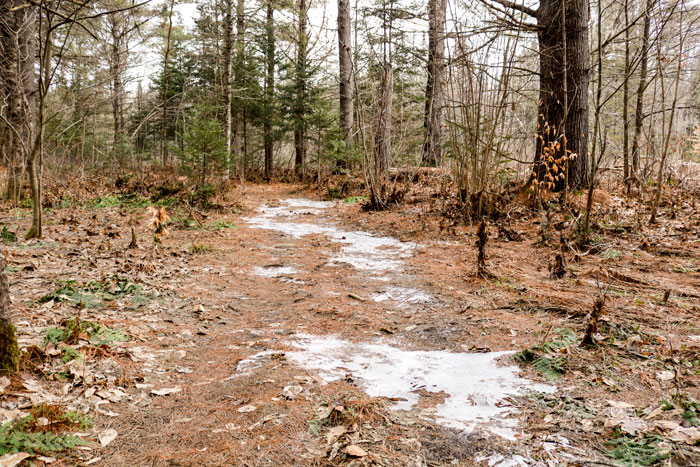
In the coming years, it will be interesting to see how the landscape of the property will evolve in time. Perhaps, we will eventually see the end of our tall pines, and the smaller trees with prevail. I would like to see a canopy of more cedars Pinaceae, hemlocks Tsuga, and a variety of deciduous trees in the future. Along with these new trees, I also hope to observe a wider variety of wildlife and bird species. We will have to see.
I would say that was quite an interesting Christmas. Surprisingly, we didn’t see any more of our pines and deciduous trees come down during the storm. We also didn’t lose power, either, although we were prepared if that was going to be the case. Hopefully, we will be receiving more snow soon, because it surely doesn’t look like winter in Maine at the moment.
I’m sure there are other reasons for foaming trees that I haven’t mentioned here. If you have had your own experiences, I would love to hear a bit of your own input on this subject.
Thank you for reading and I hope you are enjoying your holiday season. Happy New Year!
Leave a Reply